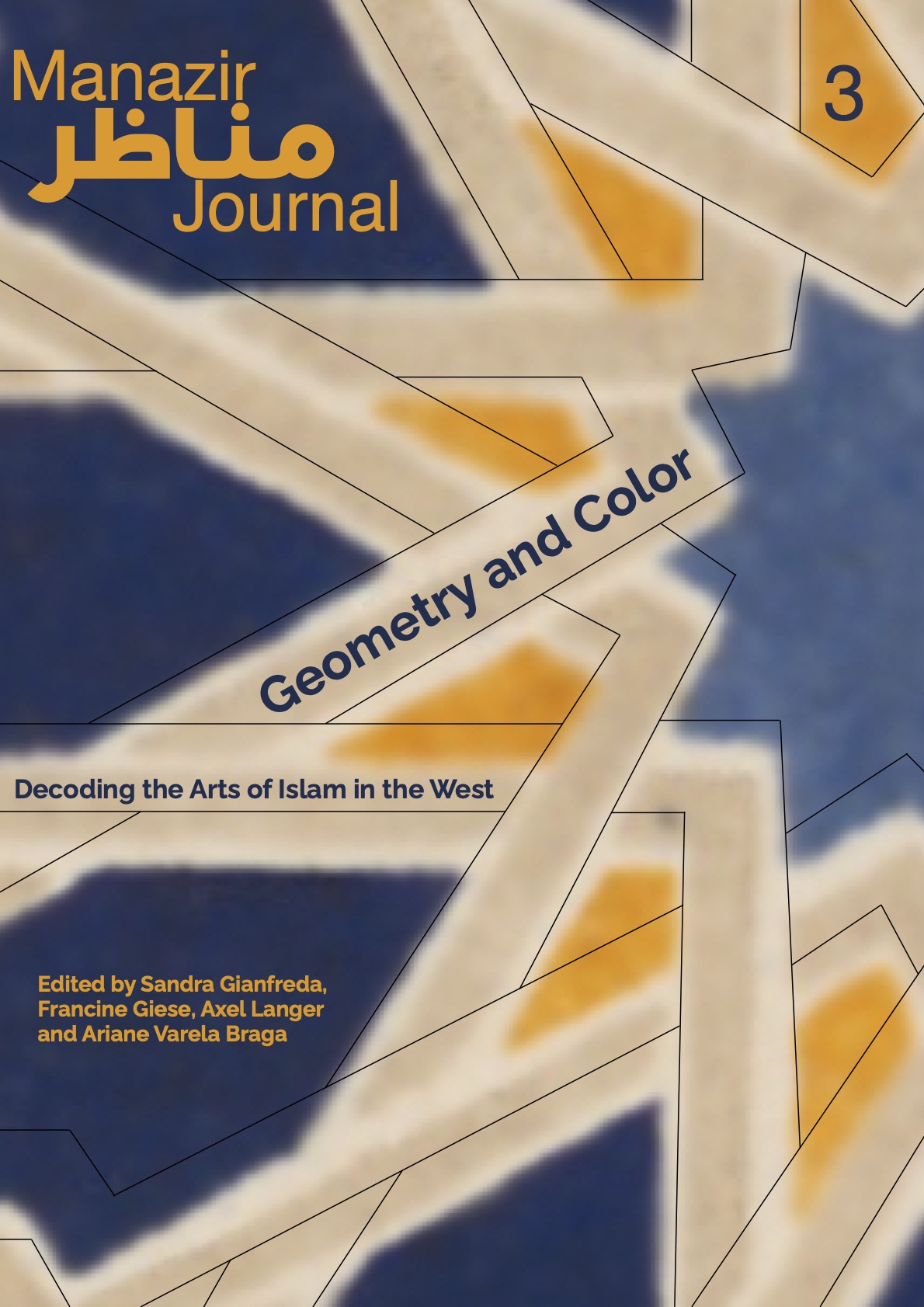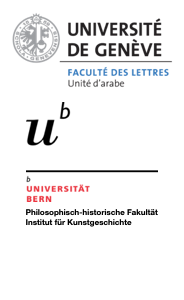An Encounter with the Architecture of the Islamic World as Turning Point in the Transformation of Artistic Expression
The Case of the Latvian Modernist Jāzeps Grosvalds
DOI:
https://doi.org/10.36950/manazir.2021.3.12Schlagwörter:
Latvian modernism, Jāzeps Grosvalds, diaries, watercolors, PersiaAbstract
One of the most important Latvian artists of the early twentieth century, Jāzeps Grosvalds (1891-1920), was interested in the “Oriental” world since his adolescence. His first real meeting with the imagined Oriental atmosphere took place in 1913, when he traveled to Spain and visited Toledo, Córdoba, Seville, and Granada. The trip impressed him by the versatility of colors, light, ambience, and architectural forms, and was depicted in a sketch book. Nevertheless, the real transformation of Grosvalds’ artistic expression occurred during his travels through (then) Persia. Due to the circumstances of World War I, at the end of 1917 he joined the Mesopotamian Front under the English Command. The campaign took place in 1918, and he crossed Iran and Iraq. Despite at times very difficult conditions, throughout his travel Grosvalds captured his impressions in sketch albums and watercolors, being interested in architectural, scenic, and anthropological studies. His oeuvre from this period shows a certain level of abstraction, and almost nothing of the idyllic and luscious depiction, characteristic for many Orientalist painters. One of the most interesting evaluations of his Persian artworks was provided by the famous French artist Amédée Ozenfant (1886-1966) in 1940, when he published an article on Grosvalds’ art. Among other things Ozenfant emphasizes that Grosvalds had not depicted picturesque scenes, had not copied what he saw in front of his eyes as many others have done. Grosvalds’ watercolors have a special effect and power; they are fruits of creativity, being not superficially loaded with exotic charm, but synthesizing and transforming its magic.
Downloads

Downloads
Veröffentlicht
Ausgabe
Rubrik
Lizenz
Copyright (c) 2022 Ieva Kalnača

Dieses Werk steht unter der Lizenz Creative Commons Namensnennung - Keine Bearbeitungen 4.0 International.








